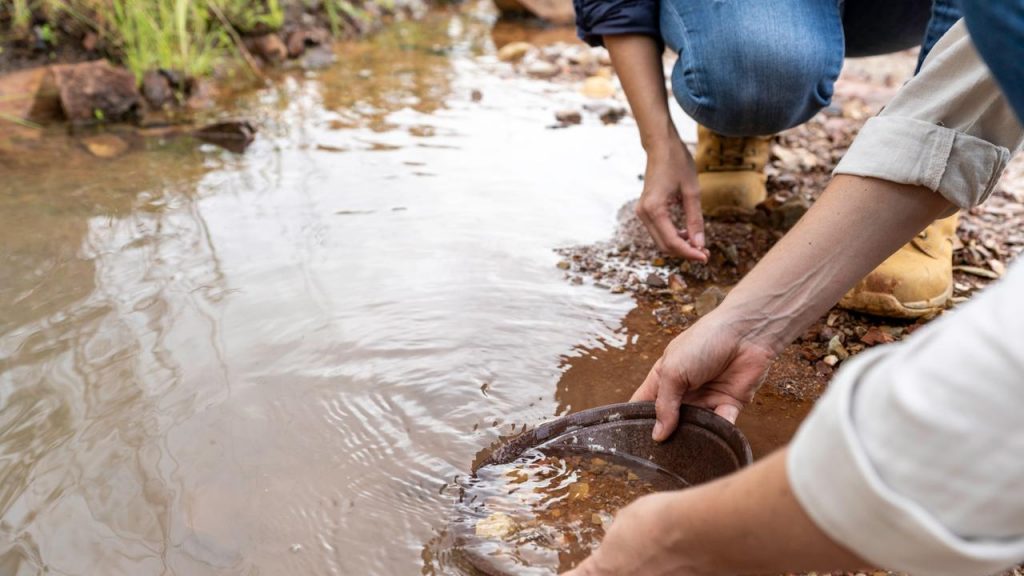Gold prospecting has captivated adventurers and treasure seekers for centuries. The allure of unearthing shiny nuggets or glittering flakes hidden beneath the earth has made gold prospecting a popular hobby and, for some, a profitable venture. Whether you are drawn by the thrill of discovery or the promise of wealth, starting gold prospecting is a rewarding journey. Here’s how to begin.
Understanding the Basics
Gold prospecting involves searching for gold deposits in their natural state, often in streams, rivers, or mineral-rich soil. Gold, being denser than most materials, tends to settle in certain areas. Knowing where to look is half the battle. Historical gold-producing regions are excellent starting points, as they often contain untapped deposits.
Essential Tools and Equipment
The beauty of gold prospecting is that it requires minimal investment to get started. Basic equipment includes:
Gold pan: The quintessential tool for separating gold from sediment in riverbeds.
Shovel and trowel: For digging and scooping material.
Classifier: A sieve-like tool for sorting material by size, making panning more efficient.
Sluice box: A portable device that channels water and sediment, trapping gold particles in riffles.
Magnifying glass and tweezers: Useful for inspecting and handling fine gold flakes. For beginners, a gold pan and a simple sluice box are sufficient to start exploring.
Picking the Right Spot
Rivers, streams, and other waterways are prime locations for prospecting. Focus on bends, natural obstacles like boulders, or the inside curves of streams where heavy gold particles may accumulate. Dry areas like desert washes can also yield results if water once flowed through them. Always respect property rights and obtain necessary permits to prospect legally.
Techniques for Success
Start by collecting sediment from promising locations. Submerge your gold pan in water and swirl it gently, allowing lighter material to wash away while heavier particles settle. The glitter of gold is unmistakable when it appears at the bottom of the pan. For larger volumes, a sluice box can save time and effort by automating the separation process.
Staying Safe and Responsible
Gold prospecting is a sustainable activity if done responsibly. Avoid disrupting ecosystems, dispose of waste properly, and follow local guidelines. Safety is also crucial; work with a partner when exploring remote areas and carry essential supplies. The gold paydirt offers more than the chance for riches it is an opportunity to connect with nature, uncover history, and experience the thrill of discovery. With patience and persistence, you might just turn riverbeds into riches.